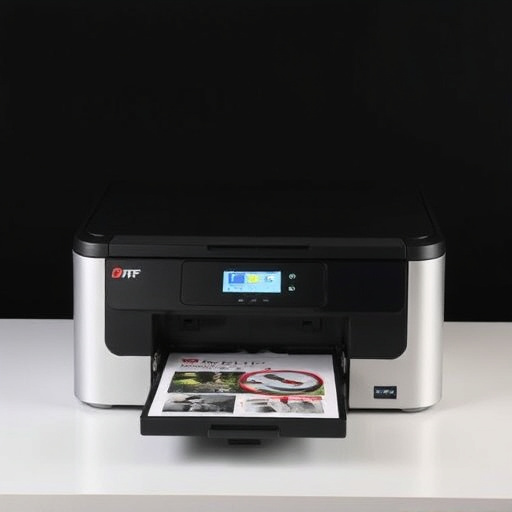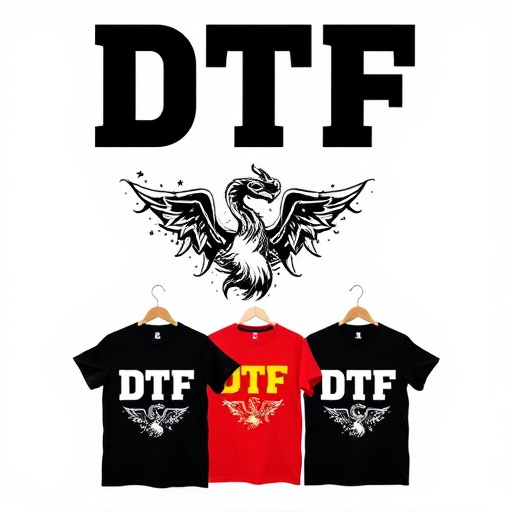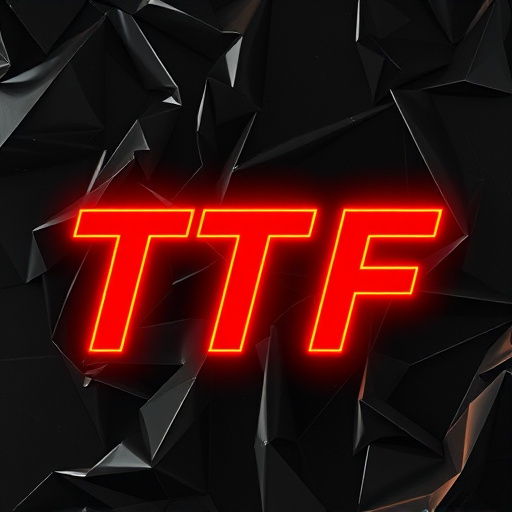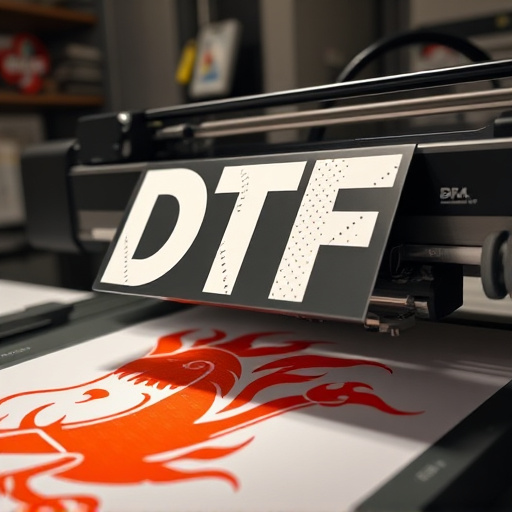DTF Film Sheets (Direct-To-Film) are essential for high-quality printing and transferring designs onto surfaces like custom apparel. Common issues like ink bleeding and misregistration can be mitigated through using compatible sheets, best practices, and synchronized printing/cutting processes. Visual inspection ensures top quality by identifying defects, while advanced testing methods detect microscopic flaws, guaranteeing vibrant colors, sharp details, and durability in DTF printing.
DTF (Direct-To-Film) film sheets are an essential component in various industries, demanding meticulous quality control. This article delves into the intricacies of ensuring top-tier DTF film sheet performance through effective quality control tips and insights. From understanding the basics and common issues to advanced testing methods, we explore visual inspection techniques and optimal performance strategies. By mastering these practices, you’ll enhance your DTF film sheet management, ensuring consistent excellence in your applications.
- Understanding DTF Film Sheets: Basics and Common Issues
- Visual Inspection: Key Quality Control Techniques
- Advanced Testing Methods for Optimal Performance
Understanding DTF Film Sheets: Basics and Common Issues

DTF Film Sheets, short for Direct-To-Film, are a crucial component in the world of printing and transferring designs onto various surfaces. These sheets are used extensively in the heat press industry, revolutionizing the way custom apparel and merchandise are produced. Each DTF film sheet is designed to capture intricate details and vibrant colors from digital prints, ensuring precise outcomes for designers and manufacturers alike.
While DTF Film Sheets offer unparalleled quality, they can be susceptible to certain common issues. Ink bleeding, where colors mix and blur, is a frequent problem, especially with poorly prepared prints or incompatible film types. Misregistration, leading to misaligned designs, occurs when the printing and cutting processes don’t sync accurately. Understanding these potential challenges is vital for maintaining consistent quality during production runs. With proper preparation, utilizing compatible DTF sheets and heat press machines, and adhering to best practices in design and printing, these issues can be effectively mitigated.
Visual Inspection: Key Quality Control Techniques
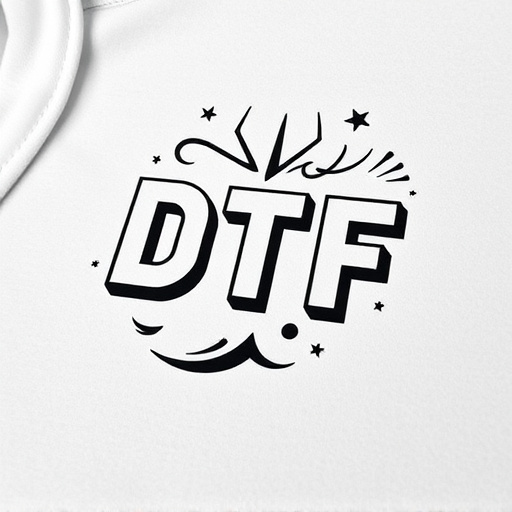
Visual inspection is a fundamental quality control technique when it comes to DTF Film Sheets. It involves meticulously examining each sheet for any defects or inconsistencies that may impact its performance during the printing and heat transfer processes. Trained eyes look for issues like misaligned patterns, color bleeding, air bubbles, wrinkles, or particle contaminations on the surface of the film. These defects can be particularly detrimental when applying designs to items like DTF heat transfer paper, dtf for t-shirts, or creating personalized direct to film hoodies.
A comprehensive visual inspection process ensures that only top-quality sheets make it through to production lines, guaranteeing precise and vibrant prints on the final products. By implementing rigorous visual checks at each stage of quality control, manufacturers can maintain high standards and deliver exceptional results, ensuring customer satisfaction with every DTF Film Sheet used in their operations.
Advanced Testing Methods for Optimal Performance
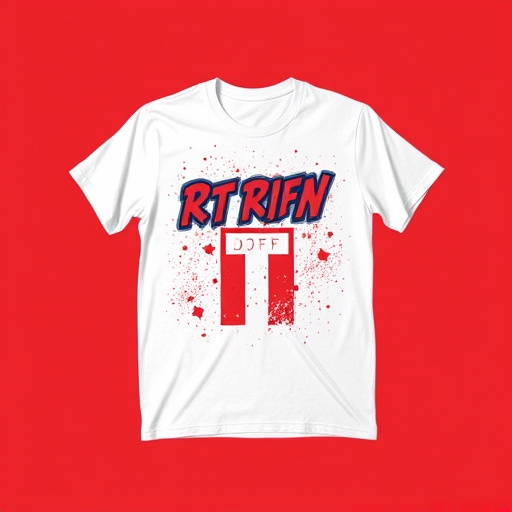
To ensure top-notch quality for DTF Film Sheets, adopt advanced testing methods that go beyond basic standards. These techniques, tailored for optimal performance, involve rigorous assessments to uncover even the subtlest defects or variations in color and texture. By employing cutting-edge equipment, such as specialized lighting and high-resolution cameras, manufacturers can detect microscopic imperfections that might otherwise escape conventional inspection.
Understanding DTF meaning—Direct To Film—is crucial here. Custom DTF transfers, requiring precise control over printing and material interaction, demand these enhanced testing protocols. This meticulous approach guarantees that each DTF sheet not only meets but exceeds expectations for vibrant colors, sharp details, and long-lasting durability, ensuring a superior end product for consumers.
In conclusion, implementing rigorous quality control measures is paramount to ensuring the superior performance of DTF Film Sheets. By understanding the basics and common issues, utilizing visual inspection techniques, and adopting advanced testing methods, you can significantly enhance the overall quality of these innovative materials. Remember, when it comes to DTF Film Sheets, meticulous attention to detail at every stage ensures optimal results in your printing or imaging applications.








